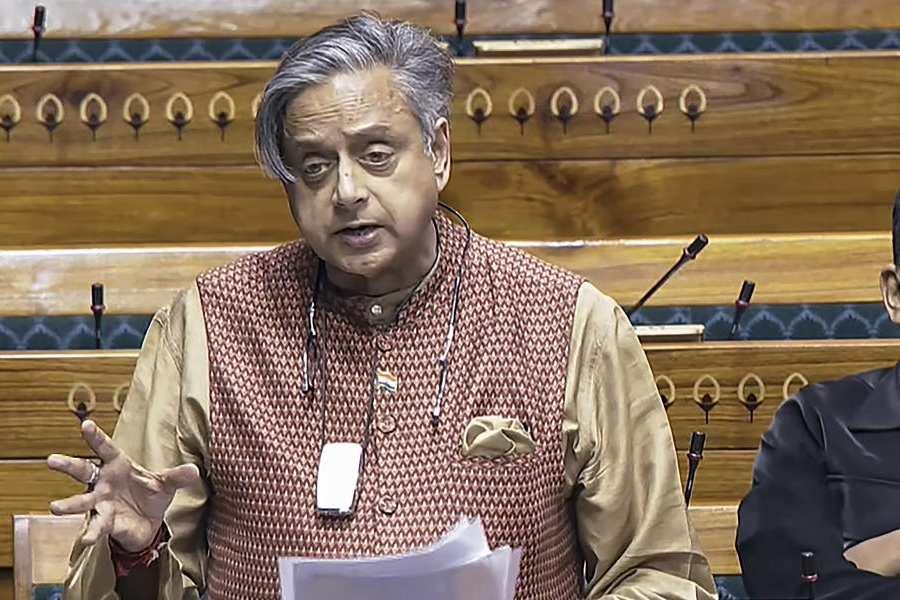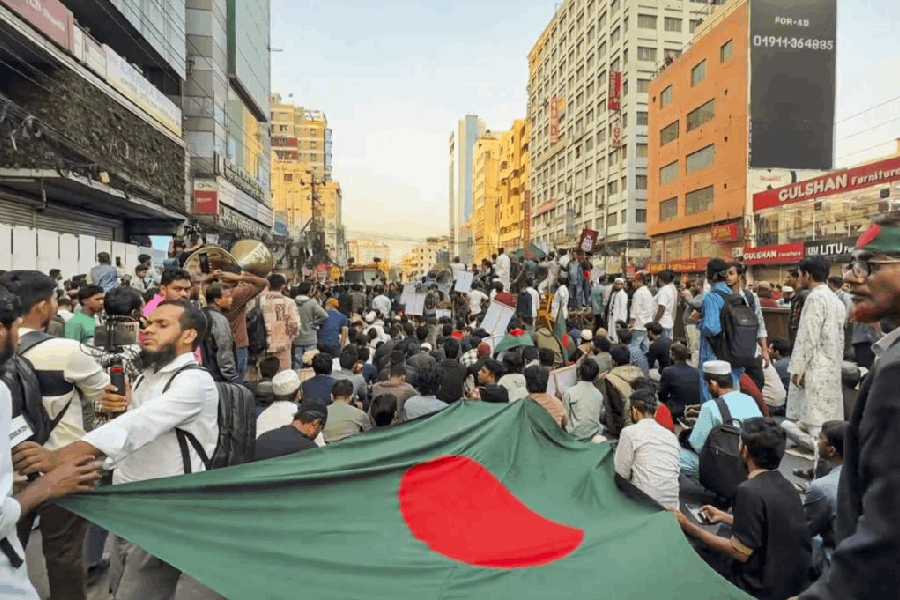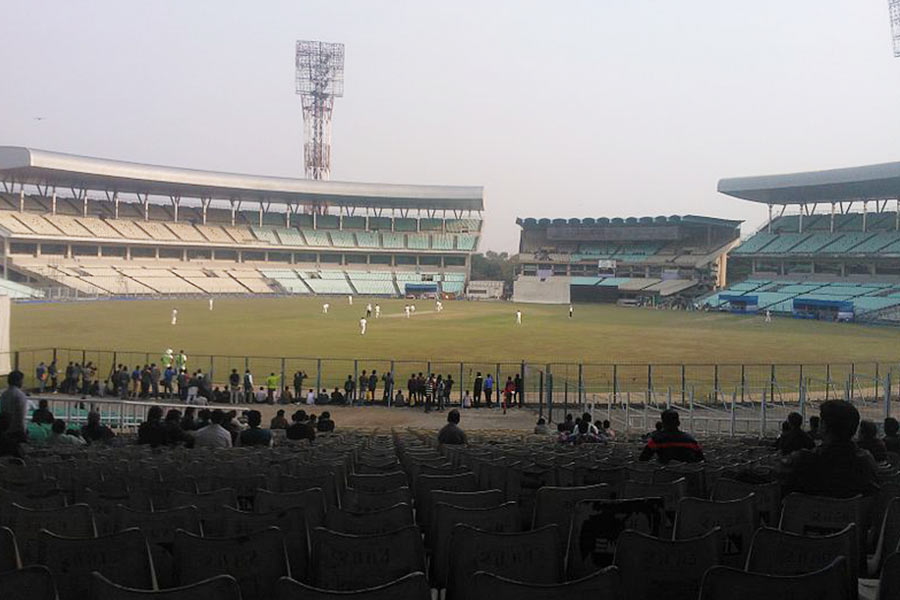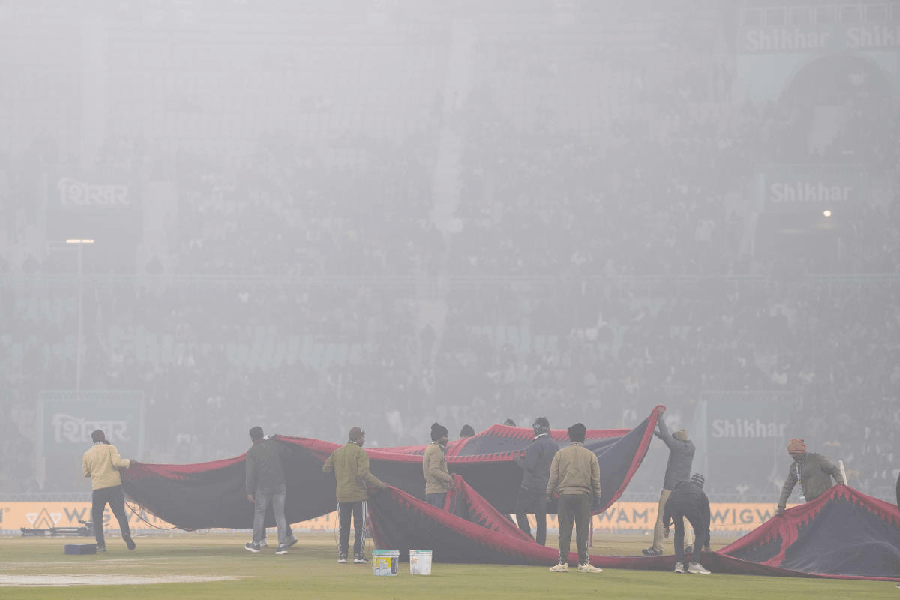 |
| Social stand: Aruna Roy (below) feels the UPA government is not doing enough to act on the NAC’s recommendations |
Last week social activist Aruna Roy declared that she did not wish to continue as a member of the National Advisory Council (NAC) after her current term ended on May 31. In an open letter to Sonia Gandhi, the chairperson of the NAC, which advises the government on social policy and promoting the rights of the poor and the disadvantaged, Roy said that she felt that the government was not doing enough to act on the NAC’s recommendations. Hence her decision to bow out.
Roy was particularly miffed that the Centre had reneged on its commitment to ensure minimum wages under the National Rural Employment Guarantee Act (NREGA) and that the long-pending Food Security Bill was yet to be implemented.
The departure of such a high profile social activist as Roy from the NAC was never going to be a quiet affair. However, what it has also done is underline the seeming difference between the worldview of the NAC and that of the government it is mandated to advise. While Roy and her fellow activists feel that the government has not done enough to further its pro-poor policies, others believe that it has done too much, and that many of the NAC’s proposals are wrong-headed and damaging to the fiscal health of the country.
Says Pronab Sen, statistician and former principal advisor to the Planning Commission, “One reason India’s fiscal deficit is so high is because the government has tried to accommodate the recommendations of the NAC without dismembering the allocation of resources to other areas such as infrastructure, national security and so on.”
 |
Still, Roy insists the government is now too focused on growth to heed the NAC’s social policy proposals. “UPA I formulated the National Common Minimum Programme which became the base document for social sector reform and defined the mandate of NAC I. Recommendations sent by the NAC were a priority then. But social sector concerns have been getting much lower priority during UPA II. Talk of inclusive growth has remained just rhetoric,” she says.
So is there really a disconnect between the NAC and the government? And now that the economy is growing by just 5 per cent — a far cry from the heady days of 9 per cent growth during UPA I — is there greater circumspection in North Block when it comes to pushing the NAC’s welfare agenda?
Not so, says N.C. Saxena, one of the serving members of the NAC. The NAC is an advisory body, he points out, and it is natural that some of its recommendations would be accepted, some modified, and some rejected. “In fact, most of our recommendations — such as the NREGA, Right to Information Act, the Food Security Bill, the Land Acquisition Bill — have been accepted. So there’s no question of a rift,” he says.
Yet there’s no denying that the activists among NAC’s members have often found the changes made to their proposals unacceptable. A former member, Jean Dreze, quit over the dilution of the Food Security Bill. Harsh Mander, another member who left the NAC last year, was deeply critical of the government’s reluctance to move on the Communal Violence Prevention Bill.
Or take the current controversy over minimum wages under the NREGA. The scheme guarantees a minimum of 100 days’ work to the rural poor, and is clearly one of the stunning achievements of the NAC under UPA I. After implementing it, however, the government has refused to pay the minimum wage to workers in states where it has been pegged higher than the NREGA wage rate (about Rs 120 per day). This despite the fact that the Act stipulates that the government is to bear the entire cost of wages paid under the programme.
Says Roy, “It is against logic, justice, and the Indian Constitution if minimum wages are denied on the biggest work programme of the government. Our demand is that under no condition must the NREGA wage rate in any state be less than the minimum wage of that state.”
However, many economic experts argue against the wisdom of this demand. Sen says, for example, that since wage rates tend to be higher in richer states like Himachal Pradesh or Kerala, “transferring more resources per person to these states for the payout of minimum wages would be regressive” and hurt the interests of the poorer states.
The Food Security Bill is another big ticket, pro-poor legislation to come out of the NAC stable. In its current avatar, it promises subsidised food grains to 75 per cent of the rural population and 50 per cent of the urban population at a cost of Rs 1.25 lakh crore every year. Though the government is clearly hell-bent on passing it, critics worry about its fiscal implications.
“The fundamental issue is, where are we going to find the money to pay for these huge, permanent and ballooning expenditures,” says Nitin Pai, director, Takshashila Institution, an independent public policy think tank based in Bangalore. “In the absence of reforms and growth, the government will have to finance the NAC’s largesse through higher taxes, by printing money or borrowing. This will further damage our growth potential, creating a vicious cycle.”
Adds economist D.H. Pai Panandiker, president of the RPG Foundation, “The permanent solution to poverty is not to provide food grains at subsidised prices but to provide jobs to the poor. This is possible by increasing investment in the economy and enhancing the employability of unskilled labour. This has not happened.”
It is in the context of these criticisms that the NAC is often dismissed as a group of do-gooders that comes up with grandiose welfare schemes with no notion as to how to achieve the growth needed to fund or implement them. As Sen explains, “The NAC just formulates social policy. It leaves it to the government to figure out how it’s to be implemented and how to balance competing claims for resources.”
However, for every argument against the NAC and its philosophy, there are as many counter arguments to support them. Experts point out that India has one of the worst tax-GDP ratios in the world. Says C.P. Chandrasekhar, professor at the Centre for Economic Studies and Planning, Jawaharlal Nehru University, Delhi, “The idea that there is no money within the potentialities of the current tax regime is not fully acceptable. Tighten your access to revenue, do away with exemption for big business as much as possible... The money is there, and to the extent it is not there, it can be tapped.” Agrees Saxena of the NAC, “Improve your tax collection, your tax-GDP ratio, and you’ll find the money.”
Indeed, though the NAC is often criticised for the culture of entitlements it has fostered — to food, to work and so on — the basic philosophy that lies behind this is hard to ignore. As Chandrasekhar says, “If the growth path has not delivered certain basic minimum needs for a large section of the population, it is the role of the state to provide it.”
For the government, that’s also a political commitment, one that can help it win votes — as NREGA is widely believed to have done in the 2009 elections. But will the NAC, and the social welfare policies it has midwifed since then, deliver as much to the government when it goes to the polls in 2014? That remains to be seen.










